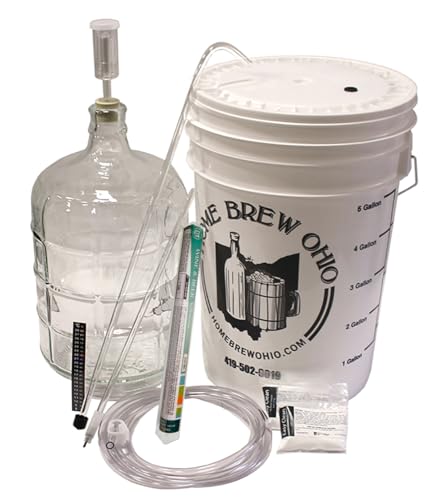I'm assuming @buttonsrtoys is considering aging on the lees, because of hearing that some wineries will do this. One of the issues with trying a particular part of a procedure, is that you must consider the rest of the winemaking procedures and conditions.
I have also heard of Chardonnays aging on the same lees generated during barrel fermentation for about 11 to 12 months, then racking to tank carrying over only some light lees and aging for another 5 months or so. During the first 12 months during barrel aging on the lees, stirring may or may not be conducted depending on the wine style. The "big" chardonnays might be stirred twice a month with diminishing frequency with age. The combination of an oxygen permeable barrel coupled with oxygen from frequent opening and stirring, is what offsets the reductive nature of having such high lees content; the lees are providing protection from the oxygen.
Back to the original question asked, should you transfer everything from primary? In the above case, they don't transfer at all, everything that went into the barrel stays there for 12 months, unless the wine starts going stinky etc., but that might indicate that stirring is not frequent enough.
It's fun to experiment, but you have to be willing to accept the outcome.





















































